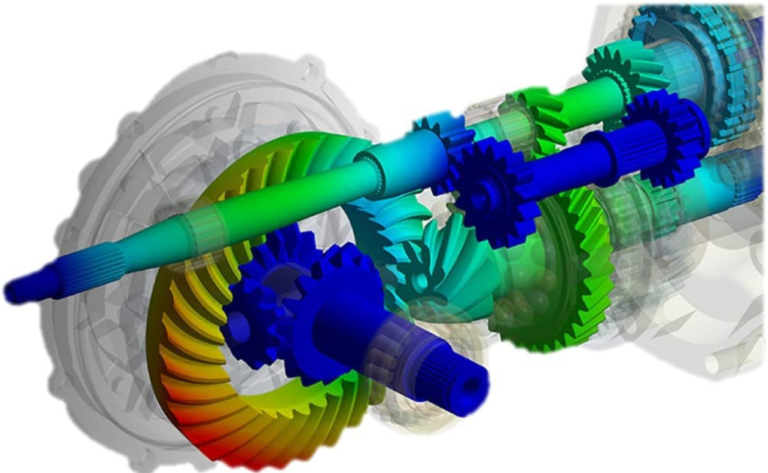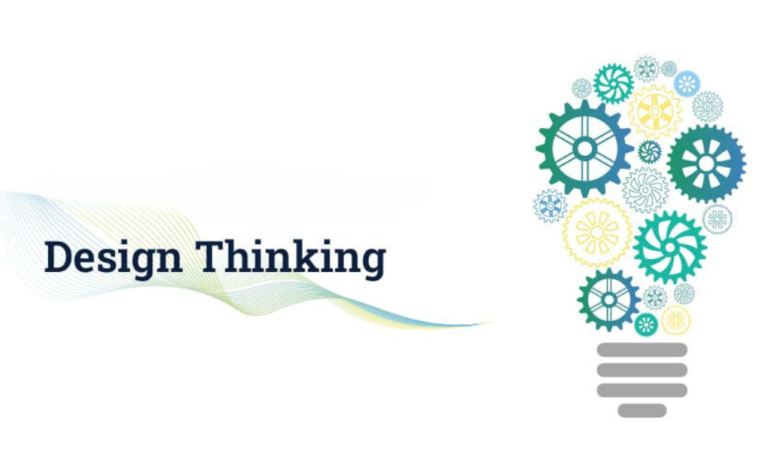A Comprehensive Guide for Sheet Metal Design
Sheet Metal Design :-
Sheet metal design is a specialized discipline within the realm of product design and engineering. It involves creating three-dimensional structures using thin, flat sheets of metal, often with complex geometries. The versatility and cost-effectiveness of sheet metal make it a popular choice for a wide range of industries, including automotive, aerospace, electronics, and construction. In this comprehensive guide, we will explore the fundamental principles, essential techniques, and best practices of sheet metal design.
Understanding the Characteristics of Sheet Metal
Before diving into sheet metal design, it’s essential to grasp the unique properties and behaviors of sheet metal materials. Unlike solid materials, sheet metal is relatively thin, and its behavior can be affected by factors such as bend radius, grain direction, and spring back. Familiarize yourself with the various types of sheet metal materials, such as steel, aluminum, and copper, and their specific applications.
Design for Manufacturing (DFM) Considerations
Design for Manufacturing (DFM) principles are crucial for efficient sheet metal design. DFM involves creating designs that are optimized for the manufacturing process, minimizing waste, reducing production costs, and ensuring manufacturability. Consider factors like material selection, bend allowances, and tolerances to create designs that are easy to fabricate.
Material Thickness and Bend Radius
The choice of material thickness and bend radius significantly impacts the manufacturability and structural integrity of sheet metal components. Optimal material thickness ensures that the part remains robust and rigid, while the bend radius determines the minimum internal radius that can be achieved without deformation or cracking. Strike a balance between material thickness and bend radius to achieve the desired shape and functionality.
Sheet Metal Bending Techniques
Bending is a primary sheet metal forming process used to create shapes such as angles, channels, and enclosures. There are several bending techniques, including V-bending, U-bending, and air bending, each with its advantages and limitations. Understand the mechanics and capabilities of each technique to choose the most suitable one for your design.
Hemming and Flanging
Hemming and flanging are essential techniques for creating smooth edges and joining sheet metal components. Hemming involves folding the edge of one sheet over another, creating a secure joint. Flanging, on the other hand, creates a flange or lip along the edge of a sheet, which can serve as a reinforcement or attachment point.
Forming and Deep Drawing
Forming and deep drawing are used to create complex, three-dimensional shapes from sheet metal. Forming involves stretching and bending the metal into the desired shape, while deep drawing is used to create hollow components such as cans and containers. Both techniques require precise tooling and understanding of material behavior’s.
Avoiding Common Design Pitfalls
Sheet metal design comes with its share of challenges, and certain design pitfalls should be avoided. These include sharp corners, improper relief cuts, and insufficient material allowance for bends. Careful attention to design details and adherence to best practices can prevent costly errors during manufacturing.
Sheet Metal Prototyping and Iteration
Prototyping is a crucial phase in sheet metal design. Create prototypes to validate your design, test functionality, and identify any areas for improvement. Iterative design allows you to refine your product and address potential issues before final production.
Conclusion :-
Sheet metal design is an exciting and versatile field that requires a deep understanding of material behavior, manufacturing processes, and design principles. By embracing the principles of Design for Manufacturing (DFM), selecting appropriate materials, and employing the right bending and forming techniques, you can create efficient, cost-effective, and innovative sheet metal components. Always remember that continuous learning, practical experience, and attention to detail are key to mastering the art of sheet metal design. So, go ahead and embark on your journey of transforming flat sheets into functional and aesthetically pleasing products with sheet metal design. Hope now you understand the, A Comprehensive Guide for Sheet Metal Design.












